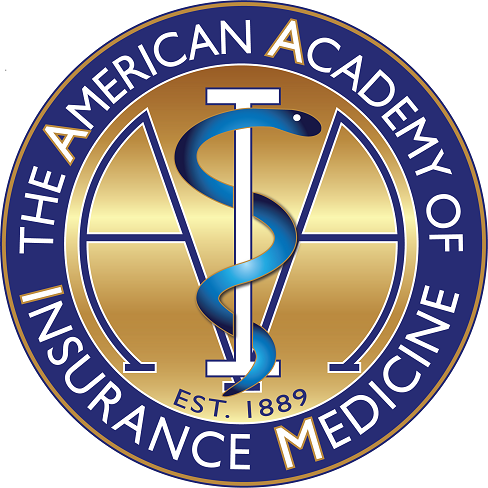For insurance medicine to be recognized and accepted by its peers in the medical community as a viable medical specialty, 2 elements are necessary: a core, evidence-based knowledge competency, and a peer-reviewed scientific journal to exhibit our science of risk selection not only to members but also to the national and international medical community.
Our website states, the American Academy of Insurance Medicine (AAIM) believes that medical science, especially the science of mortality and morbidity is the basis for the practice of insurance medicine. Our Mission Statement further states, “our focus is education and research involving the
